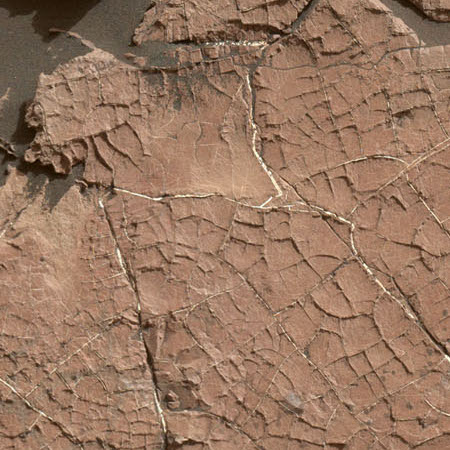Akatsuki discovers a giant wave in Venus’ upper atmosphere
The Japanese Venus probe Akatsuki has discovered a giant persistent wave in the planet’s upper atmosphere that almost spans its entire face.
This week, researchers from Japan Aerospace Exploration Agency (JAXA) published infrared and ultraviolet images of Venus, taken by their Akatsuki orbiter between December 7 and 11, 2015, in Nature Geoscience. Akatsuki’s pictures reveal a curved region roughly 6000 miles long (Venus’ entire diameter is just around 7,500 miles) with a higher temperature than the surrounding atmosphere. How did the curved “smile” fight those high winds to remain in place for all four days of observation?
The answer may lie in a phenomenon very familiar to Earthlings. Gravity waves, not to be confused with gravitational waves, form when gravity pushes and pulls at the seam between two different materials. Waves on the ocean are perhaps the most obvious example—they exist where the sea meets the sky. But gravity waves also show up in the air, where wind flows over mountains to form waves that undulate upward through different layers of the atmosphere.
The mystery here is that scientists do not have a mountain chain that could have caused this giant Venusian wave. Moreover, it was there in 2015 but they haven’t seen it since.
The Japanese Venus probe Akatsuki has discovered a giant persistent wave in the planet’s upper atmosphere that almost spans its entire face.
This week, researchers from Japan Aerospace Exploration Agency (JAXA) published infrared and ultraviolet images of Venus, taken by their Akatsuki orbiter between December 7 and 11, 2015, in Nature Geoscience. Akatsuki’s pictures reveal a curved region roughly 6000 miles long (Venus’ entire diameter is just around 7,500 miles) with a higher temperature than the surrounding atmosphere. How did the curved “smile” fight those high winds to remain in place for all four days of observation?
The answer may lie in a phenomenon very familiar to Earthlings. Gravity waves, not to be confused with gravitational waves, form when gravity pushes and pulls at the seam between two different materials. Waves on the ocean are perhaps the most obvious example—they exist where the sea meets the sky. But gravity waves also show up in the air, where wind flows over mountains to form waves that undulate upward through different layers of the atmosphere.
The mystery here is that scientists do not have a mountain chain that could have caused this giant Venusian wave. Moreover, it was there in 2015 but they haven’t seen it since.





